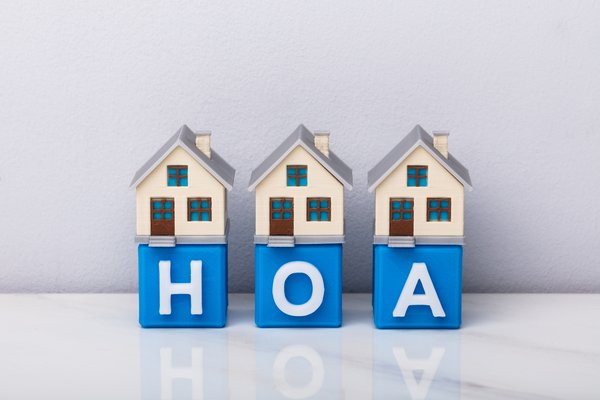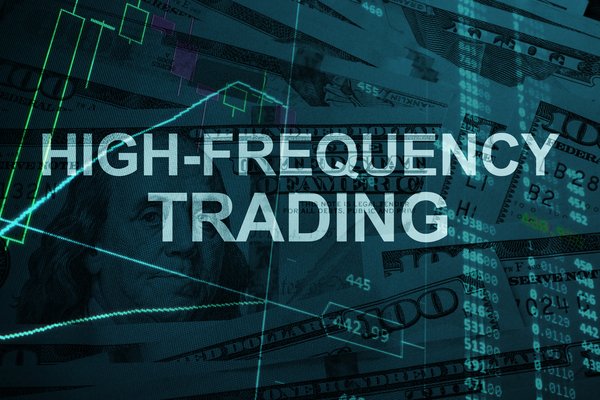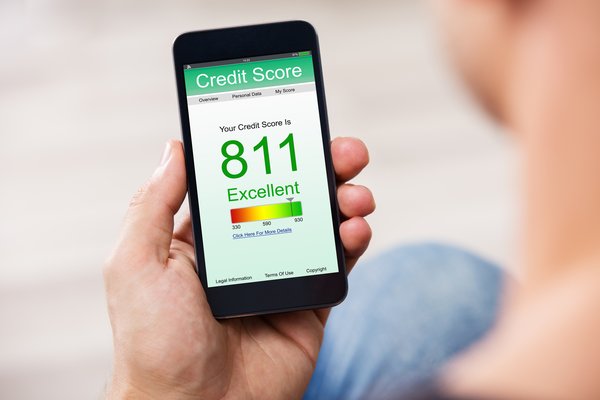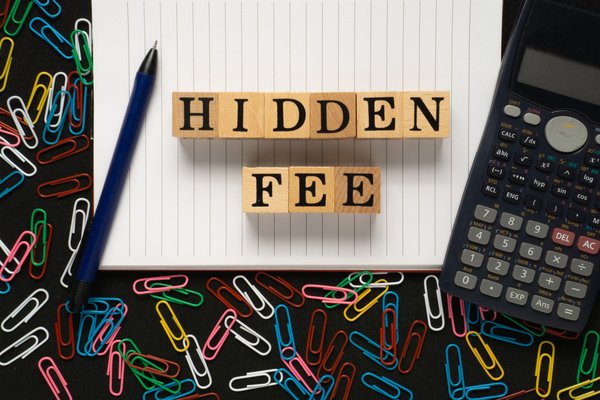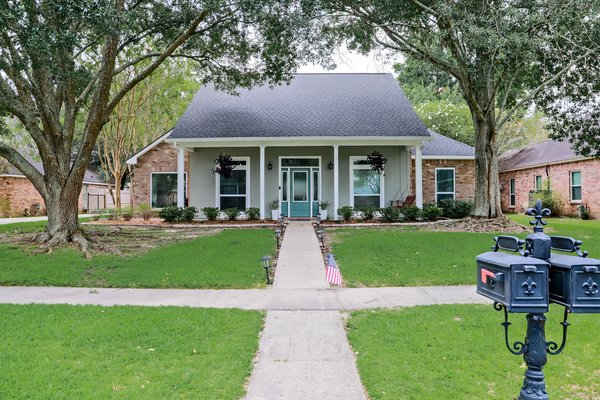If you've been considering tapping your home equity or you regularly invest in banking stocks, you've probably come across the term "HELOC," or home equity line of credit. But just what is a home equity line of credit, and what makes it different from other types of home loans?
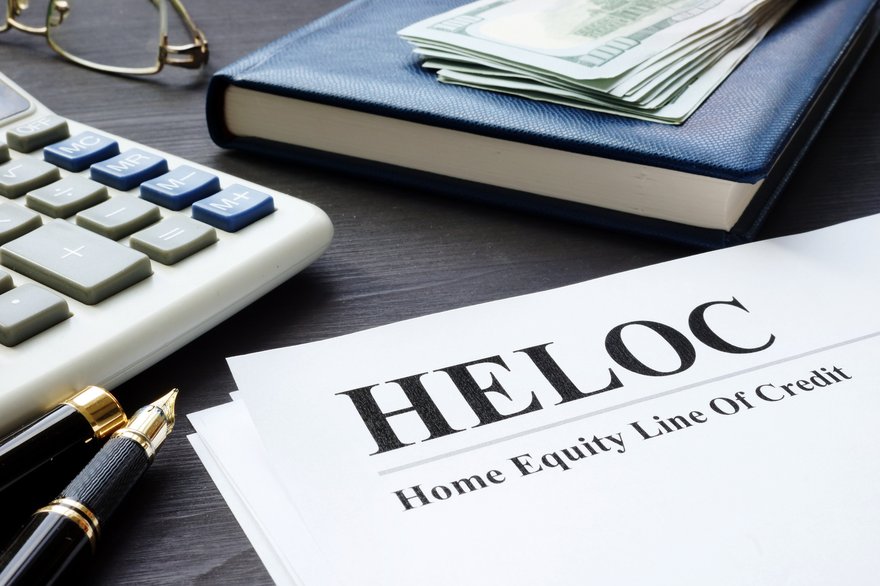
What is it?
What is a home equity line of credit?
A home equity line of credit is a twist on traditional ways of tapping home equity. It is a type of second mortgage that considers your home's equity versus the balance left on your primary mortgage. However, instead of having a lump sum payment attached, it can behave more like a credit card.
Like most types of mortgages, HELOCs can have either variable or fixed interest rates. But you'll almost always find that they're a bit more expensive than other options. So, a HELOC is a type of second mortgage that taps your home's equity like a cash-out refinance but behaves wildly differently.
They're great options for people who want to do a lot of smaller home projects over time or simply want to use the HELOC for an emergency fund. Basically, anyone who doesn't want to use their equity all at once can benefit from a HELOC.
How it works
How does a HELOC work?
HELOCs do not act like other types of equity loans, largely due to their different design. A HELOC's timeline has two parts: the draw period and the repayment period. Every HELOC has both, although the time for each can vary.
During the draw period, you can use your home equity just like a credit card, making charges and paying the balance down as you choose. But once the draw period is over, the amount of debt you owe is set, and you begin the repayment period, where all you can do is pay on the loan, just like a typical mortgage.
The draw period is generally five to 10 years, which gives you plenty of time to put that new roof on, pay off your car, buy a new Peloton (PTON -1.76%), or whatever else has been on your list. The repayment period is a lot more variable, but many products give you 20 years to pay off your HELOC.
HELOC vs. home equity
HELOC versus home equity loan
HELOCs, while technically lines of credit, are based on your home's equity and are a type of home equity-derived mortgage. But they're not the same as a home equity loan.
A home equity loan is a secondary mortgage you can use to borrow a significant sum against your equity one time. These are often used when you have a primary mortgage with a rate you're satisfied with and don't want to change but would like to do some major remodeling or make a very large purchase.
Unlike HELOCs, home equity loans have just one period, essentially the equivalent of a HELOC's repayment period. You can't draw from a home equity loan repeatedly -- it's a one-and-done situation. HELOCs are great for many small projects or purchases over time; home equity loans are good for major projects or purchases over a small amount of time.
Dangers
Dangers of HELOCs
All secondary mortgages carry risks since they are extra expenses you must budget for, often long after you start making payments on your first mortgage. But HELOCs can be particularly dangerous for people who don't understand how they work. They are not dangerous products, but the lack of understanding about them can make them the downfall of homeowners.
Related investing topics
A HELOC's draw period often requires that homeowners merely pay interest payments; sometimes, flexible payment options are available. So, people can be lulled into a false sense of security about their ability to repay the loan. Although they must be qualified to borrow the money, a lot can happen to your finances in five to 10 years, potentially making that full payment wholly untenable, especially with larger-than-planned lines of credit.
HELOCs also tend to have variable interest rates (fixed-rate HELOCs are available, but not every bank offers them), further compounding the problem. So, before you agree to a HELOC, make sure you really understand what you'll be paying in 10 years, and be sure your financial house is in order.


